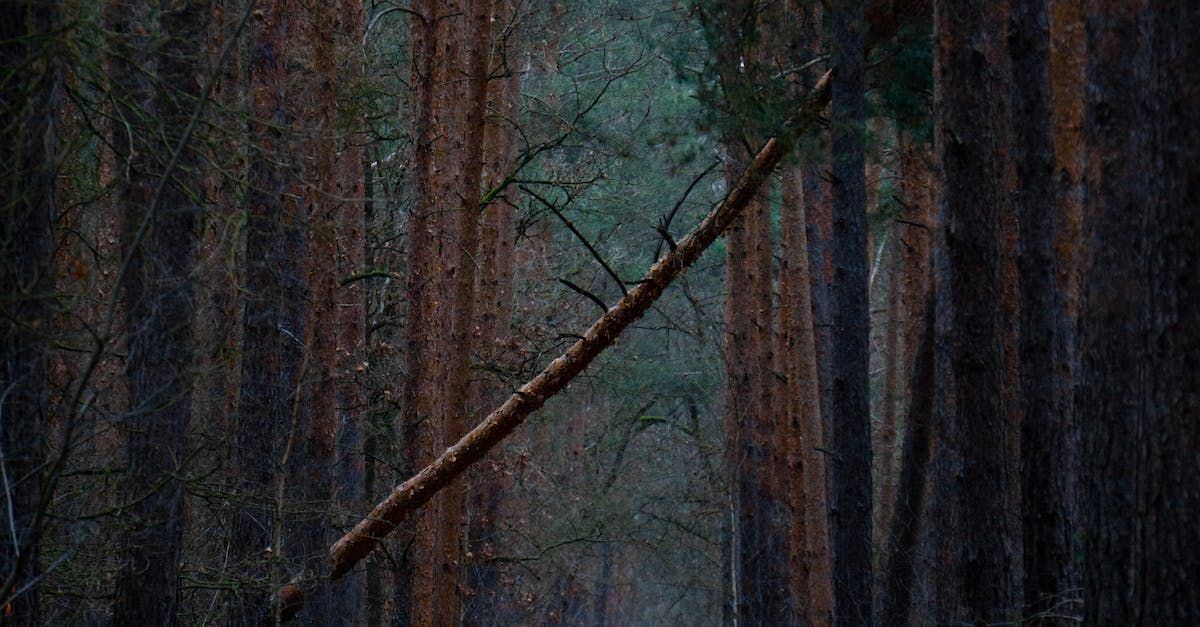The Urgency of Removing Downed Trees from Structures: Protecting Lives and Property
This is a subtitle for your new post

The sight of a massive tree crashing down onto a structure is a homeowner's worst nightmare. Whether it's a residence, a garage, or a commercial building, the importance and urgency of removing downed trees cannot be overstated. Not only does it safeguard lives and property, but it also prevents further damage and costly repairs. In this blog post, we will delve into the critical reasons for the prompt removal of downed trees from structures.
- Immediate Safety Concerns
The first and most pressing reason for removing downed trees from structures is safety. A tree on a house or any other building poses an imminent danger to its occupants and anyone in the vicinity. Even if the tree appears stable for the time being, factors like shifting wind, rain, or structural strain can turn a seemingly harmless situation into a life-threatening one.
- Structural Integrity at Risk
Leaving a tree on a structure can compromise its integrity. The immense weight and pressure exerted by the tree can cause structural damage, including roof collapse, wall instability, or foundation problems. Timely removal can prevent these structural issues from escalating and causing even more extensive damage.
- Preventing Secondary Damage
A downed tree can cause a cascade of secondary damage. For example, a tree's branches and limbs can puncture the roof, creating leaks and potential water damage. The longer the tree remains, the more opportunity there is for rain or pests to further infiltrate the compromised structure. Swift removal helps mitigate these additional sources of damage.
- Insurance Implications
Insurance companies generally expect homeowners to take reasonable measures to mitigate damage. Leaving a tree on a structure without attempting removal can sometimes result in insurance claims being denied. This underscores the importance of swift action to not only protect your property but also ensure coverage for the damage incurred.
- Cost-Effective Solution
In many cases, the cost of removing a downed tree promptly is significantly lower than the expenses associated with repairing extensive structural damage. Delaying the removal can lead to escalating costs, from structural repairs to dealing with water damage and potential mold issues. Taking action early is not just a safety measure but a wise financial decision.
- Preservation of Landscaping
In addition to structural concerns, the urgency of removing downed trees also extends to your landscaping. Fallen trees can damage other plants, disrupt your garden, or create obstacles in your yard. By removing the tree promptly, you can minimize the impact on your overall outdoor space.
- Mitigating Legal Liabilities
Depending on your location, there may be legal implications if a downed tree on your property causes damage to neighboring properties or public spaces. Timely removal helps mitigate potential legal liabilities, demonstrating responsible ownership and concern for the safety of others.
- Community Well-being
In a broader sense, the prompt removal of downed trees from structures benefits the community. It ensures that roads and public spaces are clear and safe, preventing accidents and maintaining the overall well-being of your neighborhood.
Conclusion
The importance and urgency of removing downed trees from structures cannot be overstated. It's a matter of safety, property protection, financial prudence, and community responsibility. When faced with such a situation, it's vital to act promptly, engaging professionals to assess the situation and safely remove the tree.
By taking immediate action, you not only protect the lives and property of those within the affected structure but also preserve the integrity of your property and landscaping. Furthermore, it demonstrates responsible ownership, ensuring that you are not only safeguarding your interests but also those of your neighbors and the community at large.
In summary, when it comes to downed trees on structures, swift and decisive action is the key to minimizing damage and potential hazards, and it's a responsibility we all share as homeowners and community members.
You might also like
Book a Service Today
We will get back to you as soon as possible
Please try again later
All Rights Reserved | Company Name | Powered by Snapps


